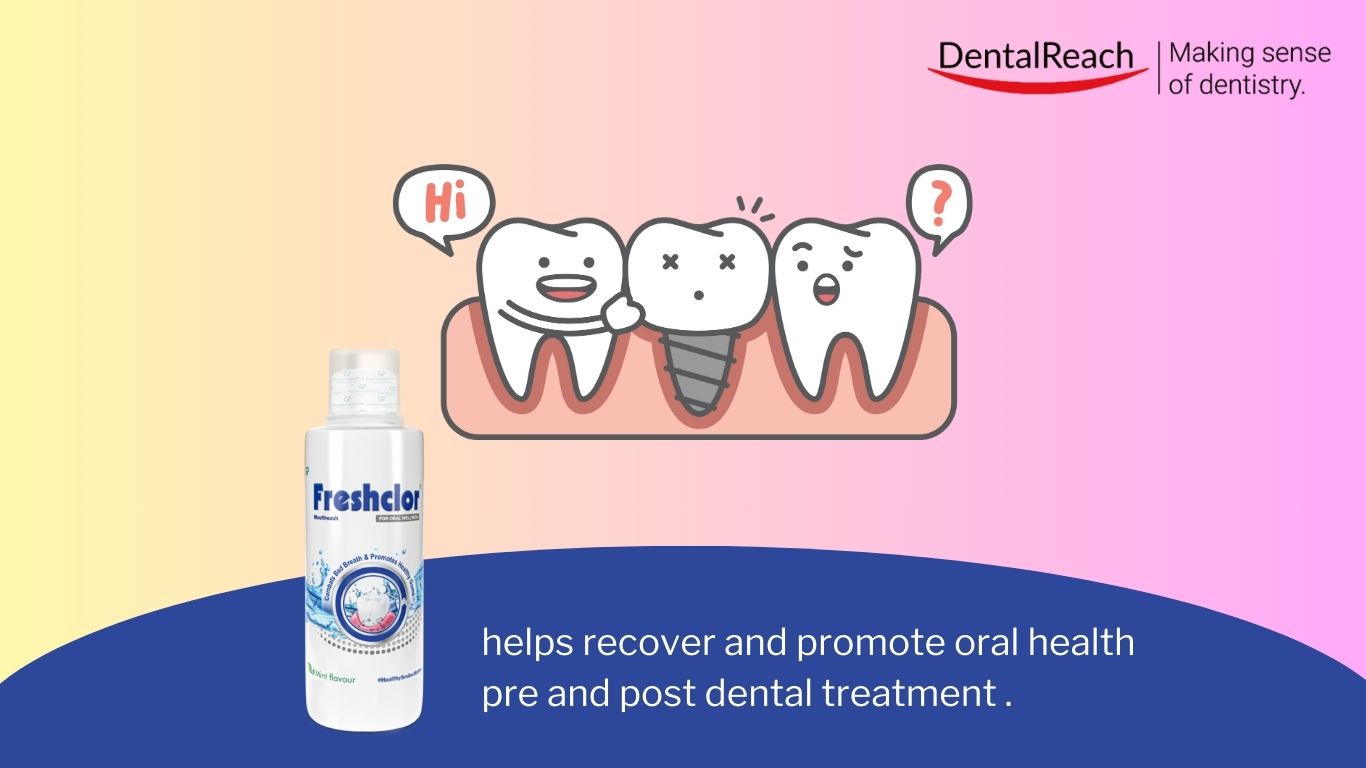A landmark learn about from the College of Zurich has forged mild on long-term results for zirconia-based, implant-supported unmarried crowns, revealing considerable headaches that can affect scientific choices on recovery strategies. Comparing screw-retained (SR) as opposed to cemented (CR) zirconia crowns over a 7.5-year follow-up duration, the randomized scientific trial assessed marginal bone ranges, peri-implant well being, and technical efficiency, offering an important insights for dentists taking into consideration recovery choices for single-tooth gaps within the anterior aesthetic zone.
Key Findings and Scientific Implications
Organic Headaches:
- Bleeding on Probing (BoP): CR crowns confirmed a particularly upper imply BoP (40%) in comparison to SR crowns (20%). This increased irritation marker suggests a better possibility for peri-implant illness in cemented crowns, emphasizing the desire for normal tracking in those instances.
- Peri-implant Mucositis and Peri-implantitis: Peri-implant mucositis was once detected in 8 instances, with the bulk going on within the CR team. Just one case of peri-implantitis was once reported, and it took place within the SR team. Those findings spotlight that whilst mucositis charges have been upper in cemented restorations, screw-retained choices weren’t solely resistant to headaches.
Technical Headaches and Recovery Survival:
- Survival Charges: The learn about seen a survival fee of 77.5% throughout each teams, with SR crowns appearing a relatively upper survival fee (81%) in comparison to CR crowns (74%).
- Abutment Fractures: Zirconia abutment fractures have been a vital technical complication, in particular in posterior websites (premolars), affecting each SR and CR teams. This means a possible want for enhanced subject material energy or design changes, particularly in load-bearing spaces.
Marginal Bone Ranges:
- Radiographic research confirmed strong bone ranges in each teams, with minimum variations between SR (−0.215 mm) and CR (−0.073 mm) teams over the learn about duration. This steadiness in marginal bone ranges might point out the suitability of zirconia abutments in maintaining peri-implant bone in the longer term, even supposing bone repairs by myself didn’t mitigate the upper charges of soppy tissue headaches in CR crowns.
Sensible Implications:
The result of this learn about point out that clinicians will have to weigh each technical and organic dangers when settling on between screw-retained and cemented restorations, in particular in aesthetically delicate anterior zones. Whilst SR crowns might be offering a decrease possibility of peri-implant irritation and doubtlessly upper survival charges, they don’t seem to be with out possibility, particularly relating to technical screw ups. Cemented restorations, regardless that first of all esthetically favorable, might require vigilant follow-up because of upper incidences of peri-implant mucositis.
This learn about underscores the significance of individualized remedy making plans, bearing in mind every affected person’s oral well being, aesthetic calls for, and compliance with follow-up care. For instances with skinny peri-implant mucosa, the place esthetics are prioritized, SR all-ceramic crowns on zirconia abutments may provide a balanced choice, even supposing tough affected person schooling on repairs is an important.
Additional research are important to increase fabrics and strategies that decrease those headaches and strengthen long-term results for sufferers and practitioners alike.
Supply: https://onlinelibrary.wiley.com/doi/10.1111/clr.14346



